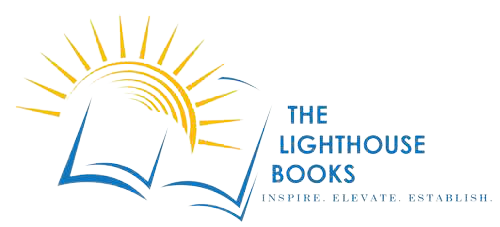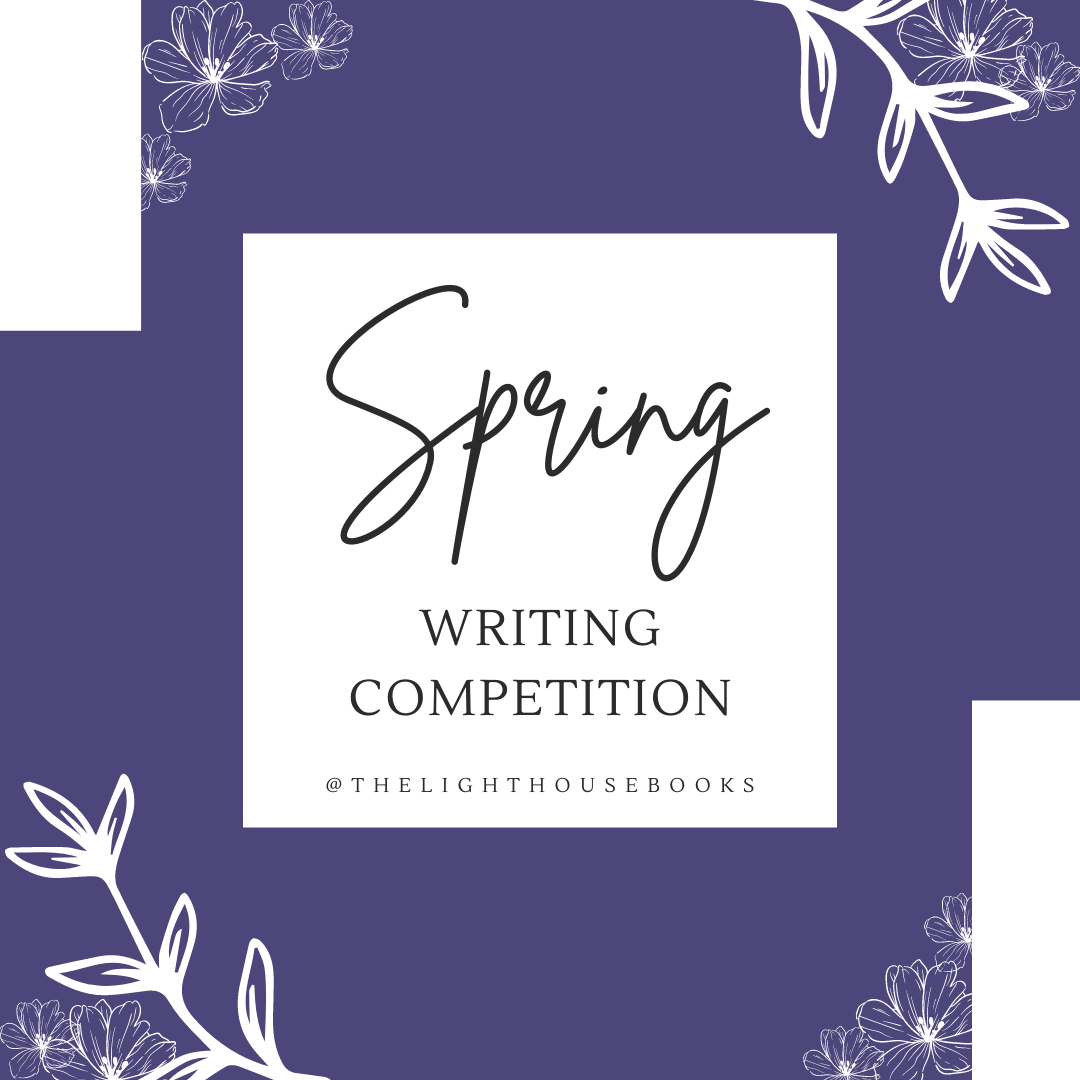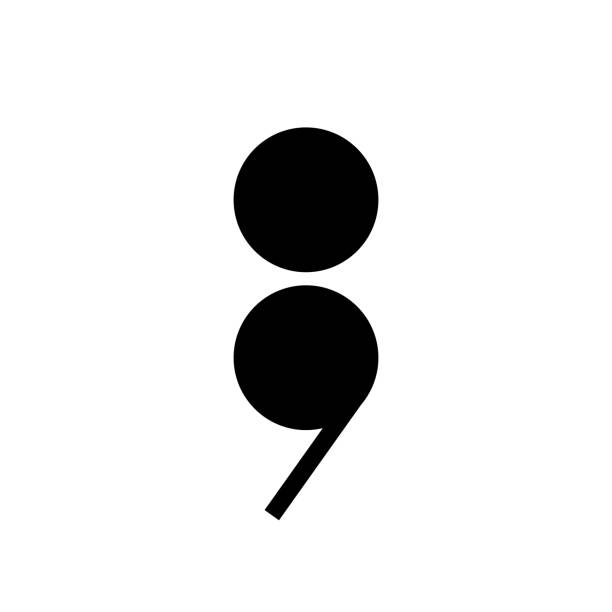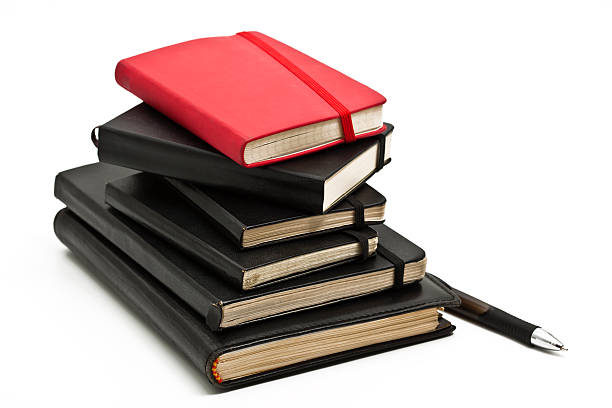The Strategy of Freewriting to Stop Writer’s Block
Freewriting is a quick and easy way to move past writer’s block!
In 1973, Peter Elbow introduced the strategy of freewriting. Automatic writing, babbling, or jabbering exercises are other terms for the practice. Freewriting is nonedited writing, which gets us away from the habit of self-editing while we create. Additionally, it takes writing to a less blocked place. Freewriting is similar to brainstorming, however, it is writing for a certain amount of time. Moreover, it is in sentence or paragraph form.
I was taught and prefer to do freewriting by hand, as the objective is to write without stopping for a timed amount. Simply pick a topic, set a timer (begin with five minutes and build up), and then start writing, pen to paper, without lifting, and with no pause to look back, to cross out, or to correct spelling or grammar. Just keep going! If you cannot think of what to say, write, “I cannot think of what to say,” or repeat your last word.
Freewriting takes away the “inner critic” within all of us and brings us to an organic place of flow. Writing may be more advantageous than speaking, in terms of allowing more room to edit. However, if we edit as we create, editing is a downfall. When we edit as we write, we second guess our first instincts. Further, we risk losing some of the raw beauty that may come out during the freewriting.
As Elbow explains, “Compulsive, premature editing doesn’t just make writing hard. It makes it dead. Your voice is damped out by all the interruptions, changes, and hesitations between the consciousness and the page.”
In short, your voice is your power. The team at the Lighthouse Books invites you to get started on publishing the book of your dreams and give freewriting a try.
Try out this freewriting prompt: Five years from now, I will be…





Leave a comment: